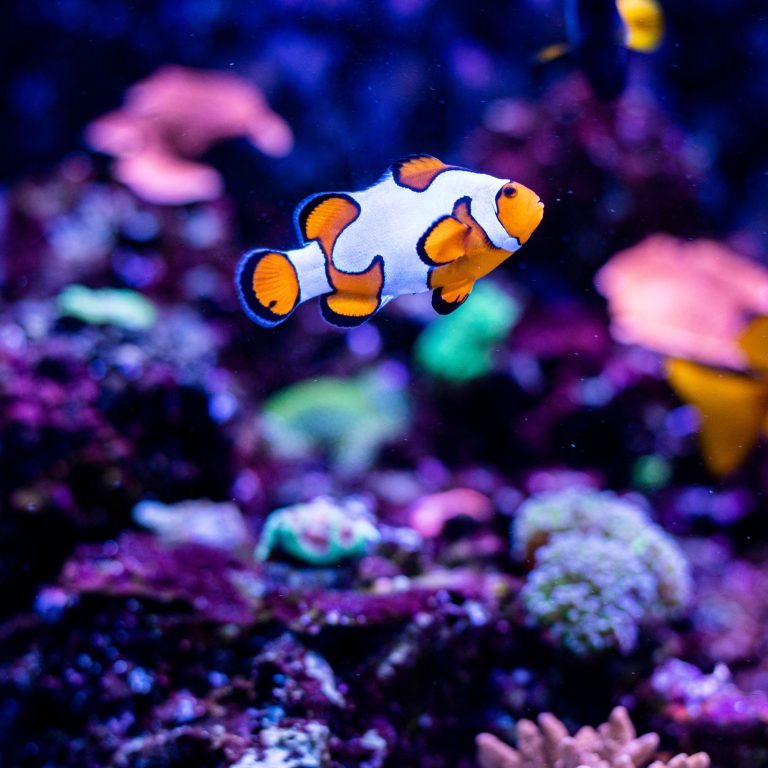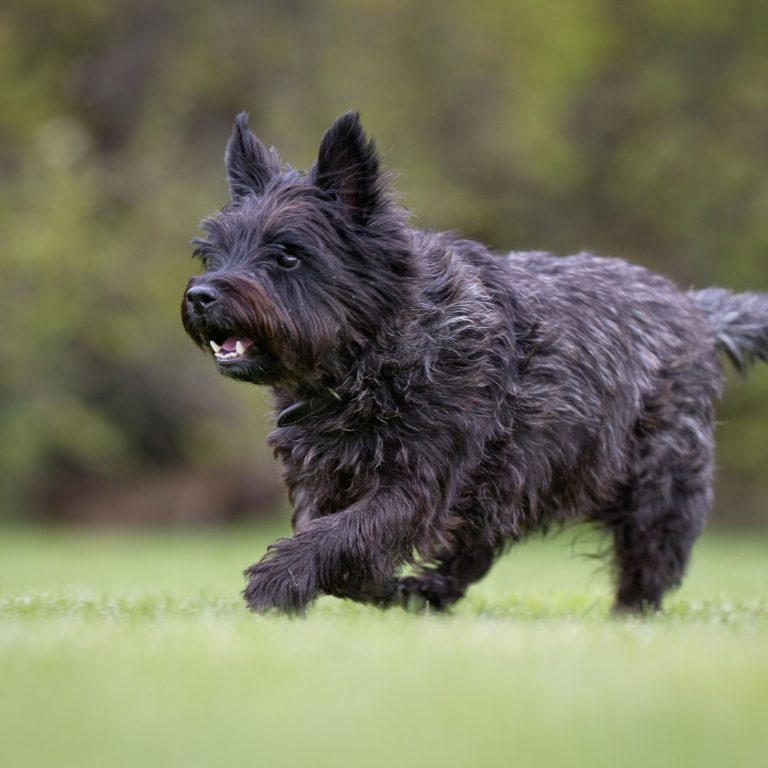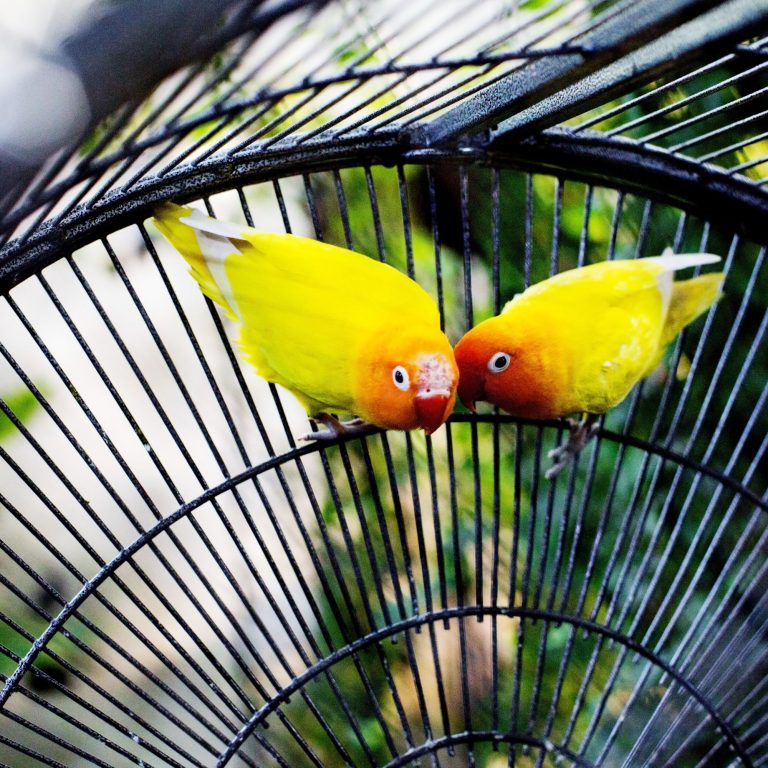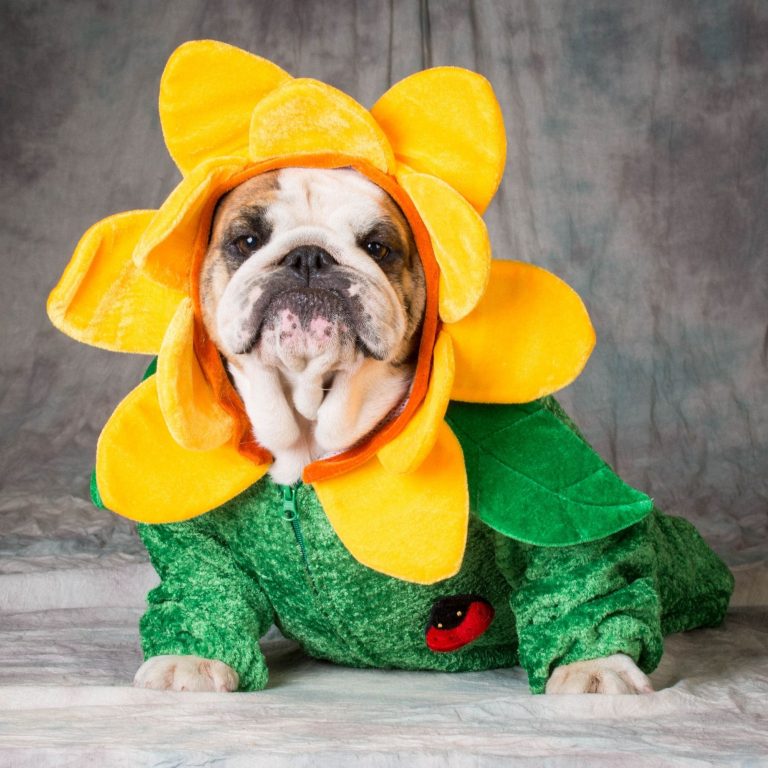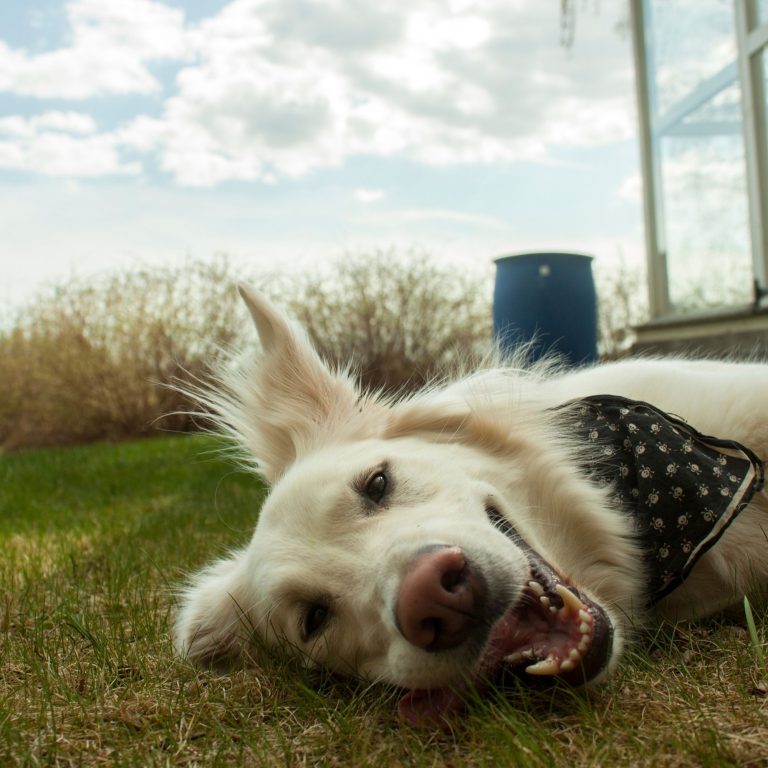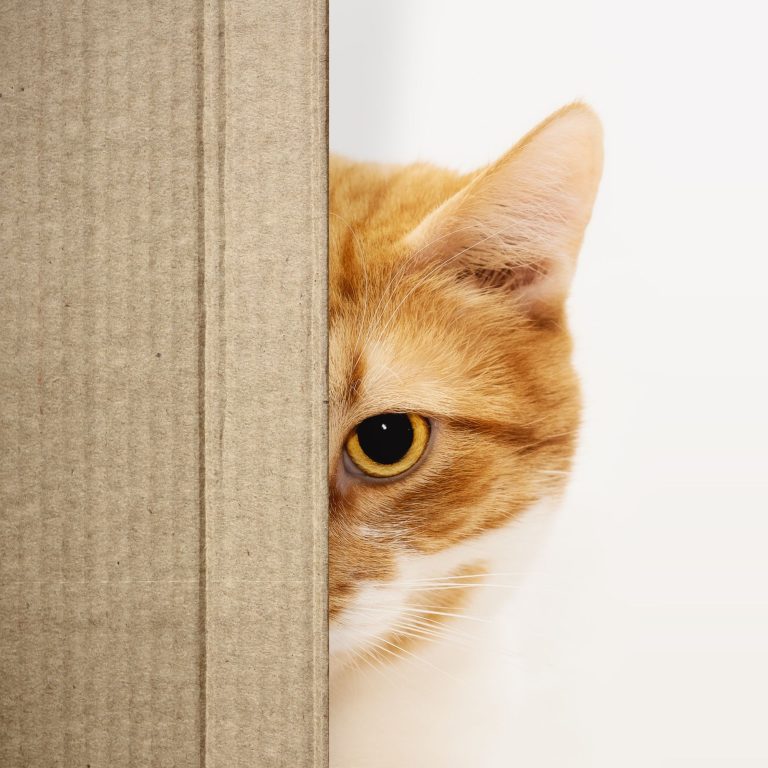Unlocking Fun: Discover the Best Puzzle Toys for Playtime with Your Pet
Enhancing Playtime with Puzzle Toys
When it comes to playtime with your furry friend, puzzle toys can be a fantastic addition to their toy collection. These toys are designed to provide mental stimulation and engage your pet’s problem-solving skills. In this section, we will explore the importance of mental stimulation for pets and how puzzle toys can benefit your pet.
The Importance of Mental Stimulation for Pets
Just like humans, pets need mental stimulation to keep their minds active and engaged. Mental stimulation plays a crucial role in the overall well-being of your pet. It helps prevent boredom, reduces stress and anxiety, and can even improve their cognitive function.
Engaging your pet’s mind through activities like puzzle toys can help ward off destructive behaviors that may arise from boredom or excess energy. It provides an outlet for their natural instincts and helps satisfy their curiosity. By keeping their minds occupied, you can create a calmer and happier pet.
How Puzzle Toys Can Benefit Your Pet
Puzzle toys offer a range of benefits for your pet. Let’s explore a few key advantages:
-
Mental Stimulation: Puzzle toys require your pet to think and problem-solve, providing mental exercise that keeps their minds sharp and engaged.
-
Physical Activity: Many puzzle toys incorporate physical elements that require your pet to move, paw, or manipulate the toy. This helps promote physical activity and can be especially beneficial for indoor pets.
-
Problem-Solving Skills: Puzzle toys challenge your pet to figure out how to access treats or rewards hidden within the toy. This stimulates their problem-solving skills and encourages them to use their intelligence.
-
Slow Feeding: Some puzzle toys can be used as puzzle feeder toys, slowing down your pet’s eating pace. This can be particularly helpful for pets prone to eating too quickly or struggling with weight management.
-
Bonding Opportunity: Engaging in playtime with puzzle toys can strengthen the bond between you and your pet. It provides an interactive and enjoyable activity that you can both participate in.
By introducing puzzle toys into your pet’s playtime routine, you can enhance their overall well-being and make playtime even more enjoyable. Remember to choose puzzle toys that are suitable for your pet’s size, age, and skill level. If you’re looking for specific recommendations or ideas, check out our articles on best puzzle toys for cats and diy puzzle toys for cats.
Now that we understand the importance of mental stimulation and the benefits of puzzle toys, let’s delve into the different types of puzzle toys available for cats.
Puzzle Toys for Cats
If you’re looking to enhance playtime with your feline friend, puzzle toys can provide both mental stimulation and entertainment. These toys are designed to engage your cat’s natural instincts and encourage problem-solving, keeping them engaged and mentally sharp. In this section, we’ll explore the different types of puzzle toys available for cats and the benefits they offer.
Types of Puzzle Toys for Cats
Puzzle toys for cats come in various shapes, sizes, and designs, catering to different play styles and preferences. Here are some popular types of puzzle toys for cats:
-
Treat Dispensing Toys: These toys are designed to hold treats or kibble, requiring your cat to figure out how to access the food. As your cat interacts with the toy, treats are gradually released, rewarding their efforts. Treat dispensing toys provide both mental stimulation and a tasty incentive. For more information on puzzle treat toys for cats, check out our article on puzzle treat toys for cats.
-
Interactive Puzzle Toys: These toys often feature hidden compartments or compartments that require manipulation to reveal treats or toys. Cats must use their paws or mentally solve the puzzle to access the hidden rewards. Interactive puzzle toys challenge your cat’s problem-solving skills and provide engaging playtime.
-
Feeder Puzzle Toys: Feeder puzzle toys combine feeding time with mental stimulation. These toys require your cat to work for their food by pawing, rolling, or manipulating the toy to dispense small portions of kibble. Feeder puzzle toys can help slow down eating and prevent overeating, making them especially beneficial for cats on a weight management plan.
It’s important to choose puzzle toys that are suitable for your cat’s age, size, and play style. Puzzle toys designed for kittens may have simpler mechanisms, while those for adult cats may offer more complexity. For more options and ideas, explore our article on best puzzle toys for cats.
Benefits of Puzzle Toys for Cats
Puzzle toys offer several benefits for cats beyond just entertainment. Here are some advantages of incorporating puzzle toys into your cat’s playtime:
-
Mental Stimulation: Puzzle toys engage your cat’s mind, stimulating their natural curiosity and problem-solving abilities. This mental exercise can help prevent boredom and reduce the likelihood of behavioral issues caused by a lack of mental stimulation.
-
Physical Activity: Many puzzle toys require your cat to move, paw, or manipulate the toy to access treats or toys. This physical interaction helps promote exercise and can be especially beneficial for indoor cats who may have limited opportunities for physical activity.
-
Reduced Anxiety and Stress: Puzzle toys can provide a healthy outlet for your cat’s energy and help alleviate anxiety or stress. By redirecting their focus and providing a mentally stimulating activity, puzzle toys can be calming and satisfying for cats.
-
Bonding and Enrichment: Playing with your cat using puzzle toys can strengthen the bond between you and your feline companion. It creates an interactive and engaging experience that allows you to spend quality time together.
Remember to supervise your cat’s playtime with puzzle toys and ensure that the toys are safe, durable, and free from small parts that could be swallowed. If you’re interested in creating your own puzzle toys, check out our article on DIY puzzle toys for cats for creative ideas and safety considerations.
By incorporating puzzle toys into your cat’s playtime routine, you can enhance their overall well-being and provide them with a stimulating and enjoyable experience.
Choosing the Right Puzzle Toy
When it comes to selecting puzzle toys for your furry friend, it’s important to consider a few key factors to ensure you choose the right one. By keeping these considerations in mind, you can find a puzzle toy that will provide your pet with engaging and stimulating playtime.
Considerations for Puzzle Toy Selection
-
Difficulty Level: Assess your pet’s skill level and choose a puzzle toy that matches their abilities. For cats who are new to puzzle toys, start with simpler designs and gradually introduce more complex ones as they become more adept. On the other hand, if your pet is a puzzle-solving pro, consider challenging them with advanced puzzle toys to keep them engaged.
-
Interactive Features: Look for puzzle toys that offer interactive elements to keep your pet entertained. Toys with moving parts, hidden compartments, or adjustable difficulty levels can provide an extra level of engagement and mental stimulation. Interactive puzzle toys often provide an opportunity for cats to exhibit their natural instincts and problem-solving abilities.
-
Size and Durability: Ensure that the puzzle toy is an appropriate size for your pet. It should be large enough to prevent any potential choking hazards, especially for cats who may be prone to chewing or swallowing small parts. Additionally, choose puzzle toys made from durable materials that can withstand your pet’s play style and last for a long time.
-
Safety Considerations: Prioritize your pet’s safety when selecting puzzle toys. Avoid toys with sharp edges or small parts that could be hazardous if accidentally ingested. Read product labels or consult the manufacturer’s guidelines to ensure the puzzle toy meets safety standards.
Factors to Keep in Mind
-
Preferences and Interests: Consider your pet’s preferences and interests when choosing a puzzle toy. Some cats may prefer toys that dispense treats, while others may enjoy toys that require problem-solving skills. Understanding your pet’s preferences will help you select a puzzle toy that holds their attention and provides enjoyment.
-
Age and Physical Ability: Take into account your pet’s age and physical ability. Kittens may require puzzle toys specifically designed for their tiny paws and developing motor skills, while senior cats may benefit from puzzle toys that provide mental stimulation without excessive physical exertion.
-
Specific Needs: If your pet has specific needs or behavioral issues, such as boredom or excessive energy, there are puzzle toys specifically designed to address these concerns. Puzzle toys for bored cats or puzzle toys for indoor cats can help keep them mentally engaged and alleviate behavioral problems.
By considering these factors, you can select a puzzle toy that is not only entertaining and mentally stimulating for your pet, but also safe and suitable for their individual needs. Remember, puzzle toys are meant to provide fun and enrichment for your pet, so choose wisely and watch them enjoy the challenge of solving puzzles. For more information on puzzle toys for cats, check out our articles on puzzle treat toys for cats and best puzzle toys for cats.
DIY Puzzle Toys
If you’re feeling crafty and want to provide your furry friend with some engaging playtime, you can create your own DIY puzzle toys. These homemade toys can be a fun and budget-friendly way to stimulate your pet’s mind and keep them entertained. Here are some creative ideas for making your own puzzle toys for your pet.
Creative Ways to Make Your Own Puzzle Toys
-
Treat Dispenser Bottles: Repurpose empty plastic bottles by cutting small holes in them. Fill the bottles with treats or kibble and let your cat figure out how to get the treats out. This provides mental stimulation and satisfies their hunting instincts. Remember to supervise your pet while they’re playing with the bottles to ensure they don’t chew on or swallow any plastic.
-
Cardboard Box Mazes: Take a cardboard box and cut various-sized holes in it. Hide treats or toys inside the box and watch as your cat navigates through the maze to retrieve them. You can also create tunnels by connecting multiple boxes together. This DIY puzzle toy encourages problem-solving and keeps your cat engaged.
-
Paper Bag Hide-and-Seek: Place treats or toys inside a paper bag and crumple it closed. Let your cat explore the bag and discover the hidden surprises. The rustling sound and the challenge of finding the treats will keep them entertained for hours. Always monitor your pet to ensure they don’t ingest any parts of the bag.
-
Frozen Treats: Mix wet cat food or tuna with water and freeze the mixture in ice cube trays. Once frozen, place the treat-filled ice cubes in a shallow dish or puzzle toy. Your cat will have a blast trying to lick or paw at the cubes to get to the tasty reward. This activity not only provides mental stimulation but also helps keep your cat hydrated.
Safety Considerations for DIY Puzzle Toys
While DIY puzzle toys can be a great way to engage your pet, it’s crucial to prioritize their safety. Here are some safety considerations to keep in mind:
-
Supervision: Always supervise your pet while they’re playing with DIY puzzle toys to ensure they don’t chew on or ingest any unsafe materials.
-
Materials: Use pet-safe and non-toxic materials when creating your DIY toys. Avoid small parts or anything that could be a choking hazard.
-
Secure Assembly: Make sure all components of the toy are securely attached to prevent them from becoming loose or falling off during play.
-
Avoid Sharp Edges: Smooth out any rough or sharp edges on the materials you use to prevent injury to your pet.
-
Size: Consider the size of the toy and its components to ensure they are appropriate for your pet. Avoid small parts that could be swallowed.
By getting creative and making your own puzzle toys, you can provide your pet with endless entertainment and mental stimulation. DIY puzzle toys are a great way to bond with your furry friend while keeping their curious minds active. However, if you prefer ready-made puzzle toys, there are many options available in the market. Check out our article on puzzle treat toys for cats to explore some of the best puzzle toy choices for your feline companion.
Encouraging Playtime with Puzzle Toys
Introducing your pet to puzzle toys can be an exciting and enriching experience for both you and your furry friend. It’s important to help them understand and engage with these toys to make playtime enjoyable. Here are some tips to help you get started:
Introducing Your Pet to Puzzle Toys
When introducing your pet to puzzle toys, it’s essential to create a positive association with the toys from the beginning. Follow these steps to help your pet become familiar with and interested in the puzzle toys:
-
Start with simple toys: Begin with easier puzzle toys that have a lower level of difficulty. This allows your pet to build confidence and understand the concept of the toy.
-
Use treats or favorite toys: Place treats or your pet’s favorite toys inside the puzzle toy to attract their attention. This will encourage them to explore and engage with the toy.
-
Demonstrate how it works: Show your pet how the puzzle toy functions by using it yourself. This can include manipulating the toy to reveal hidden treats or demonstrating how to solve the puzzle. Your pet will observe and learn from your actions.
-
Reward their efforts: When your pet successfully interacts with the puzzle toy and retrieves the hidden treats or toys, reward them with praise and additional treats. This positive reinforcement will motivate them to continue playing with the toy.
Remember, each pet is unique, and it may take some time for them to understand and adapt to puzzle toys. Be patient and provide encouragement throughout the process.
Tips for Successful Playtime
To ensure that playtime with puzzle toys is enjoyable and beneficial for your pet, consider the following tips:
-
Supervise playtime: Monitor your pet during playtime with puzzle toys, especially in the beginning. This will help you assess their comfort level and ensure their safety.
-
Rotate the toys: To maintain your pet’s interest, rotate the puzzle toys regularly. This prevents them from getting bored with the same toy and keeps playtime exciting and engaging.
-
Provide variety: Experiment with different types of puzzle toys, such as puzzle treat toys for cats or interactive puzzle toys for cats. This variety will keep your pet mentally stimulated and prevent them from losing interest.
-
Adjust the difficulty level: As your pet becomes more adept at solving puzzle toys, gradually increase the difficulty level. This will challenge their problem-solving skills and provide mental stimulation.
-
Make playtime a bonding experience: Engage in playtime with your pet to strengthen the bond between you. This interactive experience not only provides mental stimulation for your pet but also allows you to spend quality time together.
By introducing your pet to puzzle toys and following these tips, you can encourage them to engage in stimulating playtime and provide mental enrichment. Remember to choose toys that suit your pet’s preferences and abilities. With time and practice, your pet will become more adept at solving puzzles and enjoy the benefits of playtime with puzzle toys.


